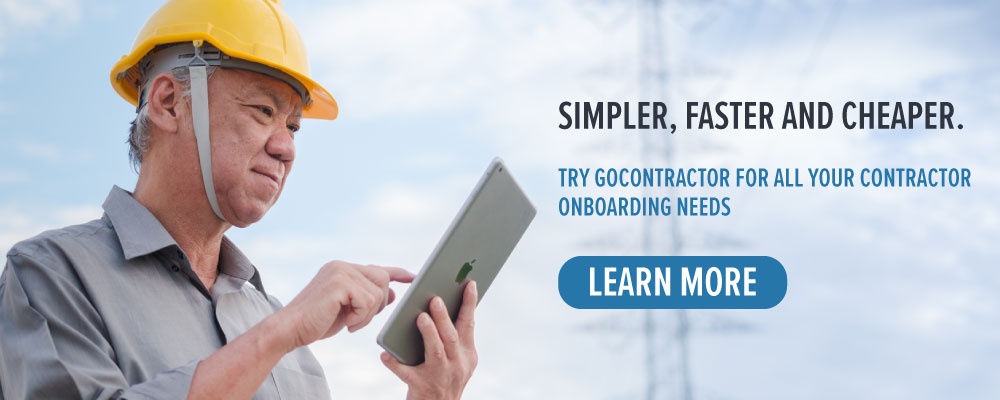I’m Jim and I’ve been an electrical engineer for the past 21 years. I know the importance of a good orientation. I am contracted in from different companies to fit electrical equipment and test that equipment for different projects. In the past I have worked on a variety of different projects, such as residential, office space, retail, and rail. Jobs vary quite a bit… for example, I might be on my own working on a small project for a number of weeks or I might be part of a team on a larger project. Companies also vary in how much input they have on the job. And of course, safety orientations are very different across jobs too. On smaller jobs, there may not be an induction, whereas bigger jobs always have them to ensure compliance.
When working as an electrical engineer there are many different dangers you need to look out for. Each site will have different health and safety measures in place. As I have been in the profession for many years I have come across many hazards such as scaffolding not built properly where people have fallen from them. Also the use of asbestos when working can lead to lung diseases later in life. A good orientation is vital so you are aware of these hazards.

It is hard for me to know exactly where the dangers are in each site if I am not told in advance. Due to lack of communication between companies and contract workers I have seen many accidents that could have been avoided. Some of these accidents include fellow workers being electrocuted or a fall from using the wrong ladder. These incidents were the result not providing a good orientation and of poor safety management.
Each job I visit may have different rules and procedures. When I first started working I found it very time consuming on my first few days to learn the norms of the company and how things operated. I might only be at a project for a few days so it’s important for me to get up to speed as quickly as possible.
When having to deal with face to face orientations with many of my fellow colleagues, it can be very boring sitting in a classroom trying to listen to instructions. With other colleagues in the room it can also be very distracting. You may also be told that it will only take an hour or two but you also have to wait around for everyone else to arrive and are unable to start the orientation until everyone else is there. It is very important not to start the class without everyone there as the orientation to a new job and site is very important to how you will be able to go about your job on that particular site.
In recent years however, many companies are adopting online systems. I can login from home and complete good orientation training the night before I’m due at a particular project. The general contractor usually sets out each of the hazards I should be aware of before I step foot on site. It’s refreshing to work with companies that are adopting new technologies and I feel more confident when I arrive on site after going through a good orientation. It allows me to know exactly what the company expects of me. I know I am fully capable and qualified to do the job but it’s nice to have more information on the company culture before I start. It’s also nice to know who to contact in an emergency in advance!
I can complete the online orientation through my laptop or my smartphone. I simply enter a code and fill in my details. I take a picture of my qualification cards and type in their expiry dates. I then go through each chapter, answering questions as I go. It’s a good orientation and while I’m taking the online induction, the system takes a series of photos of me which are then verified when I arrive at the project.
Usually the general contractor has a map built into the online induction, so I know exactly where I’m going in the morning. Once I get there, the security guard or site manager asks for my code which they scan on a smartphone or type into a PC. They point me in the right direction and I’m good to go – I do not have to wait around for other people to show up. It allows more time for me to be able to walk around the site and get a proper feel for the job and to address potential hazards. As I have already found out through the online orientation course who I will be working for, their health and safety procedures and where they want me positioned I am able to start my work almost immediately. If my Safepass or qualification card is due to go out of date, I get an email notifying me that I need to update my training.
Over the years I have seen many organisations changing their ways. They have adopted new technology to improve safety and productivity. Online orientations are far easier for me as they are less time consuming and I feel I pay more attention to it when it is right in front of me on the computer screen rather than in a classroom with five or six other subbies. I can also revisit any information I didn’t understand. They certainly get my thumbs up!
